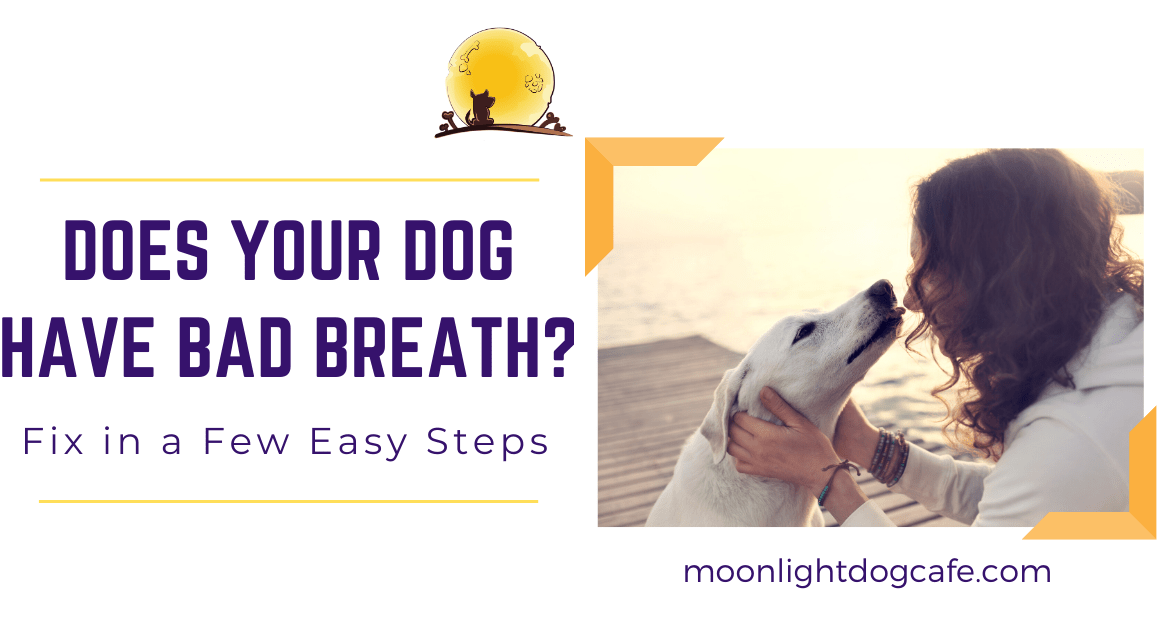
How to Eliminate Dog Bad Breath: 5 Effective Steps for Fresh Canine Breath
Understanding the Causes of Dog Bad Breath
You are probably here because your dog or cat has bad breath and you’ve tried a lot of things in the past that have not worked. You have probably tried things like Greenies, Whimzees, enzymatic solutions that you put in your dog’s drinking water and worst of all dog milk bones.
What causes dog bad breath is an odor-producing bacteria that grows in the mouth. We’ll explain how this bacteria grows and the solutions we will provide below will help you take care of your dog’s bad breath problem.
The downside of not taking good care of your cat or dog’s teeth is at the least pet bad breath and at the worst periodontal disease! Bad oral hygiene for pets can lead to periodontal disease, which can result in heart, kidney and liver disease . Periodontal disease is a very common disease affecting both dogs and cats.

For those just starting to take care of your dog or cat’s teeth, we’ve got 5 easy steps below on how to improve your pet’s dental health. We also talk about what to feed a dog with bad breath. Typically stinky pet breath or pet bad breath is an indicator of an underlying condition.
What Causes Cat or Dog Bad Breath?
It is important that when it comes to pet bad breath, you should think of it as somewhat similar to some of the things that cause bad breath in humans. In the case of dogs and cats, since they hopefully do not smoke, drink coffee or alcohol, the typical causes of bad breath are from:
- Pet Food – particles breakdown in and around teeth to increase bacteria
- Poor dental hygiene e.g. not brushing often
- Infections in the mouth e.g. tooth decay, periodontal disease
- Other causes e.g cancers, acid reflux
Knowing this, why do we treat dog and cat’s dental health as different from ours?
What Does NOT work in Keeping Your Dog or Cat’s Breath Stink Free
There seems to be 2 weird reasons why we as pet parents treat our dog’s or cat’s oral health as different from ours. We may be wrong but here are the reasons:
- We are too busy about the process of brushing someone else’s teeth or our pets
- Because we are busy and it can be difficult to brush your pet’s teeth, it has been easy for us to be convinced that as long as you feed a dog or cat kibble food or put the following items in your cat or dog’s water, your dog will have fresher breath.
- As such, a whole industry has sprang up to take more of our cash in the form of gimmicky oral solutions for your cat or dog
Myth 1: Dog Kibble or Cat Kibble Clean Your Pet’s Teeth
There is a myth that dog kibble or cat kibble will keep your pet’s teeth clean. This myth has spread because it has been easy for us to be convinced that there is another way to clean our dog or cat’s teeth. Our laziness has been used against us.
Kibbles may scrape some of the tartar off. Kibbles are not effective at cleaning teeth. Kibbles are the equivalent of a human eating crackers or chips and hoping that is effective for cleaning teeth!
Don’t believe us? Ask your dentist whether eating crackers will work in cleaning your teeth… no brushing allowed.
- Typically, the most important place to clean is between the gum line and teeth where periodontal disease occurs. Kibble will not be effective at doing that!
- Kibble does not clean the gums or the tongue where bacteria loves to hang out.
- In addition, kibble include a higher percentage of carbohydrates, which feed the bacteria in the mouth that lead to dental disease.
Study: Is Dog Kibble or Raw Dog Food Better for Dental Health?
Luckily, a vet set out a small study to test, whether kibble or raw food was better for dental health.
In the picture to the side courtesy of his experiment, could you guess which diet the dog is on?
The same dog was put on a raw food diet and a kibble diet. The bottom picture shows the effect of a kibble diet after the raw fed dog (top pic) is put on dog kibble.
Picture above shows dog’s teeth on raw and the same dog fed kibbles below. Dog’s Naturally Magazine.
Myth 2: Dogs or Cats Eating Wet Food have Pet Bad Breath Compared to Kibble
A lot of consumers on dry pet food believe that feeding wet pet food means that it sticks to the teeth. Therefore, dry, crunchy food is better for cleaning the teeth. This is a false premise. In both cases, if a dog or cat drinks water, the likelihood of food sticking to the teeth is less in the wet food case.
From WebMD, “Water. This odor-free fluid helps flush from the mouth the bits of food bacteria feed upon. Drinking water promotes the production of saliva, which acts as a constant cleansing agent and dissolves stinky substances in food and drink.”
Try the example of eating crackers and drinking water. Then eat something wet and drink water. Which is more likely to stick in between your teeth once you drink water? Dry crackers is more likely.
Myth 3: Enzymatic Gels, Drinking Water and Chewing Greenies/ Milk Bones Help
Here is our rating on some of the things are supposed to help cat or dog bad breath
- Enzymatic spray/gel – gimmicky and debatable effectiveness
- Adding solutions to drinking water – gimmicky and debatable effectiveness
- chewing greenies/ whimzees – bad ingredients, carbohydrates which break down into sugar. Debatable effectiveness.
- Dog Milk bones – bad ingredients, carbohydrates which break down into sugar. Debatable effectiveness.

It is important to remember that carbohydrates break down into sugar and the harmful bacteria in the mouth digest this sugar and produce an acid the helps speed up tooth decay. Sugar essentially attracts bad bacteria and lower the mouth’s pH. When the plaque from bacteria is not brushed away or washed away by liquid, we then have a problem.
Greenies, milk bones and kibble have carbohydrates, which break down into sugar causing the problems they are meant to take away. In addition, the liquids and solutions we use for our pets are like some mouth washes. Without an antiseptic in them they essentially just cover the bad breath up.
These products do not work effectively. If they did, then we’d never need to brush as humans.
Why do we carry Proden Plaque off in our store? We consider this the less harmful approach compared to all the other solutions for oral health we see. It is frankly our concession to customers wanting an easy solution.
Why Does the American Veterinary Dental College Have an Approved Dry Food and Chew List for Teeth Care?
The Veterinary Oral Health Council (VOHC), which is an entity of the American Veterinary Dental College awards a Seal of Acceptance to products, which effectively control plaque and tartar in dogs and cats. These include the oral diets, chews and milk bones that are known on the market.
The protocols put in place basically have any company seeking the VOHC Seal independently go through the following process and submit their findings to the VOHC for approval. Compare two groups of dogs of similar age, etc (a control group of dogs on a commercial kibble) and the other group on the oral diet and see if there is any efficacy in retarding plaque and tartar. Their teeth are all cleaned to ensure a base starting point. The “15%/20% standard, meaning 15% in any one trial and 20% as the mean of the two required trials is the minimum required difference from the control group.”
As the focus is on scaling of teeth, ingredients are not a priority for the VOHC. Issues regarding product safety are to be brought to the VOHC attention but are not really within VOHC purview. Looking at a sampling of some of the ingredients in these foods or oral diets e.g. whole grain corn, chicken by-product, wheat flour or soybean are typically high in the list. We would not feed our pets this for the reason that even if it is marginally effective at scraping the teeth, these are not nutritious ingredients we’d like to feed our pets on an ongoing basis!
What Can Help Your Cat or Dog Bad Breath including Home Remedies?
What is effective in cleaning your dog’s or cat’s teeth? We know it is not kibble.
Below are 5 effective steps to getting rid of your dog bad breath. They are meant to focus on the typical causes of bad dog or cat breath, which are:
- Food,
- Poor dental hygiene and
- Infections in the mouth caused by food and poor dental hygiene.
5 effective step-by-step ways to get rid of stinky dog breath
01
59Consider a vet visit if there is a lot of plaque/ dental decay on your dog's teeth
To deal with the issue of a lot of plaque, dental decay or poor dental hygiene, take your dog or your cat in to the vet for a cleaning under anesthesia. If your dog or cat has any of the things we just mentioned, a vet visit is a must! Your dog or cat may also be in pain from these issues and not eating well. A vet cleaning when your dog or cat has an infection in their mouth or a lot of plaque build up where you have to clean under the gum line is the most effective in this scenario. We'd only recommend this option if your dog or cat are not seniors and do not have elevated liver enzymes or heart disease. It is still considered risky from the perspective of putting your dog or cat under anesthesia.
02
64Brushing is the most effective way of getting rid of dog and cat bad breath & improving oral health
Brush at least once a week! Don't be lazy about this. It could save you easily over $5000 over your dog or cat's lifetime. How much do dog dental cleanings cost? In Vancouver, Canada it can cost anywhere from $1000 to $2000 for x-rays, anesthesia, teeth extraction if any issue, scaling etc to visit a vet.
To brush well, sit with your back against a wall and with your dog on his back between your legs. (The dog's mouth will be pointing up at you as you stare down). Aim at getting between the gums, brush every tooth surface and also your dog's jowls and tongue. Brush for at least 2 minutes.
For cats, we suggest getting your cat acquainted to a finger their mouth when you are petting them. Then slowly start using a finger brush to brush their teeth.
04
66Provide raw or freeze-dried raw consumable bones for your cat or dog. eg. chicken or turkey necks or wingtips
Alternatively you can provide recreational bones for dogs. Make sure the bone is sized appropriately for your dog and his chewing habit. Femur bones are load bearing and can crack teeth if your dog is an aggressive chewer. We typically do not recommend femur bones for chewing. In all circumstances, ensure you are supervising your dog or cat when they are chewing bones. Never feed cooked bones to a dog or cat as they get harder on cooking and can splinter or represent choke hazards.
05
69Use anesthesia free pet dental cleaning as a maintenance option if you are not good at brushing your dog or cat.
This method is not as thorough as the anesthesia pet dental cleaning by vets but less risky. However, if you really are going to coast on anesthesia free pet dental cleaning you should be aiming at having these done at minimum once every 6 months.
Other Questions We Get Asked About Cat or Dog Dental Hygiene
Should you brush your dog or cat’s teeth with human toothpaste?
No. Human toothpaste tend to have ingredients like xylitol or baking soda that should not be swallowed by pets.
Should you floss your dog or cat’s teeth?
Yes if your pet will allow it. Buy an interproximal brush that you can use to get between the teeth. It is a great way to get under the gum line as well as in between the teeth.
The consistent thread we found while researching cat and dog dental health with natural/holistic vets is: feed them raw food, give them real, uncooked and size-appropriate bones and BRUSH your dog or cat’s teeth at least weekly.
You can shop here for good dental products for dogs or here for natural chews.
Follow us on facebook for more dog and cat health and training tips. Visit our website at www.moonlightpetstore.com for online shopping




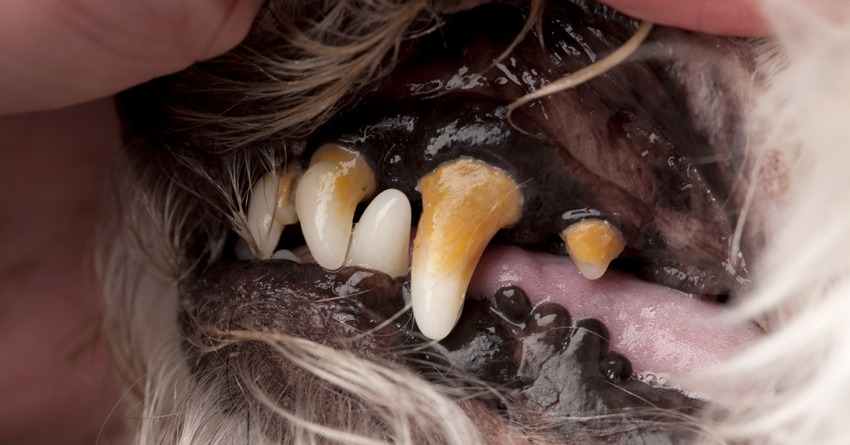
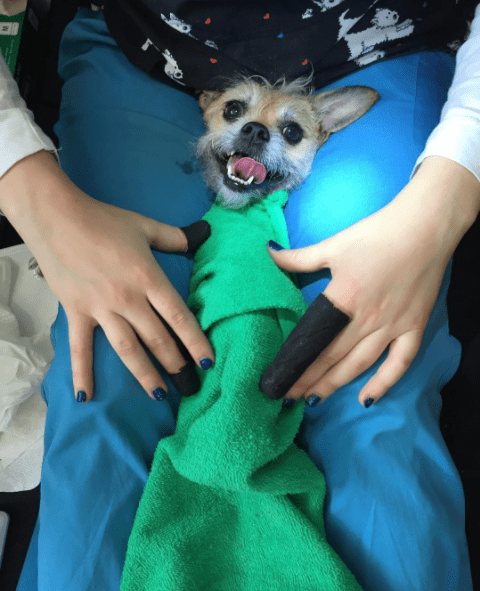
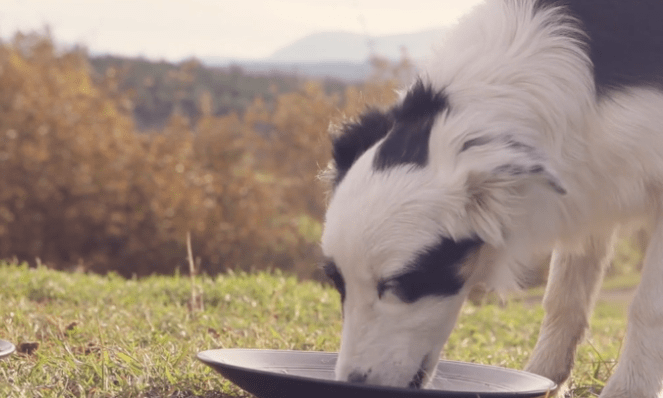
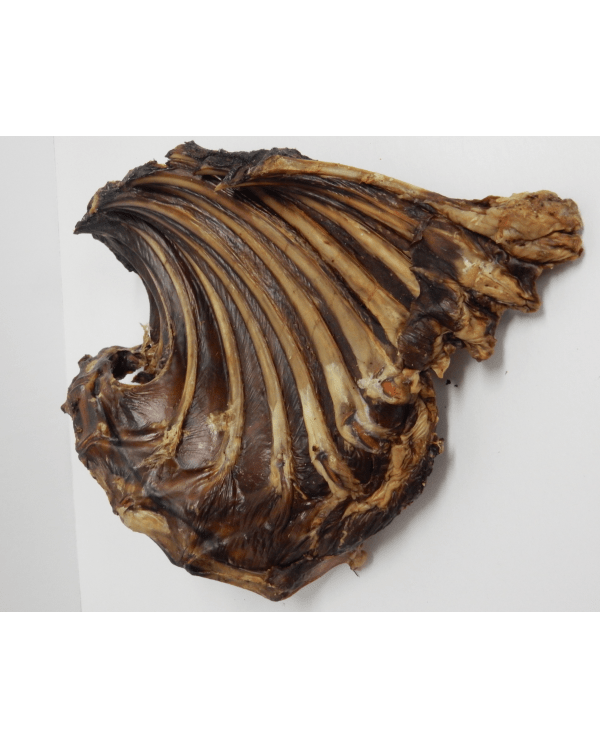
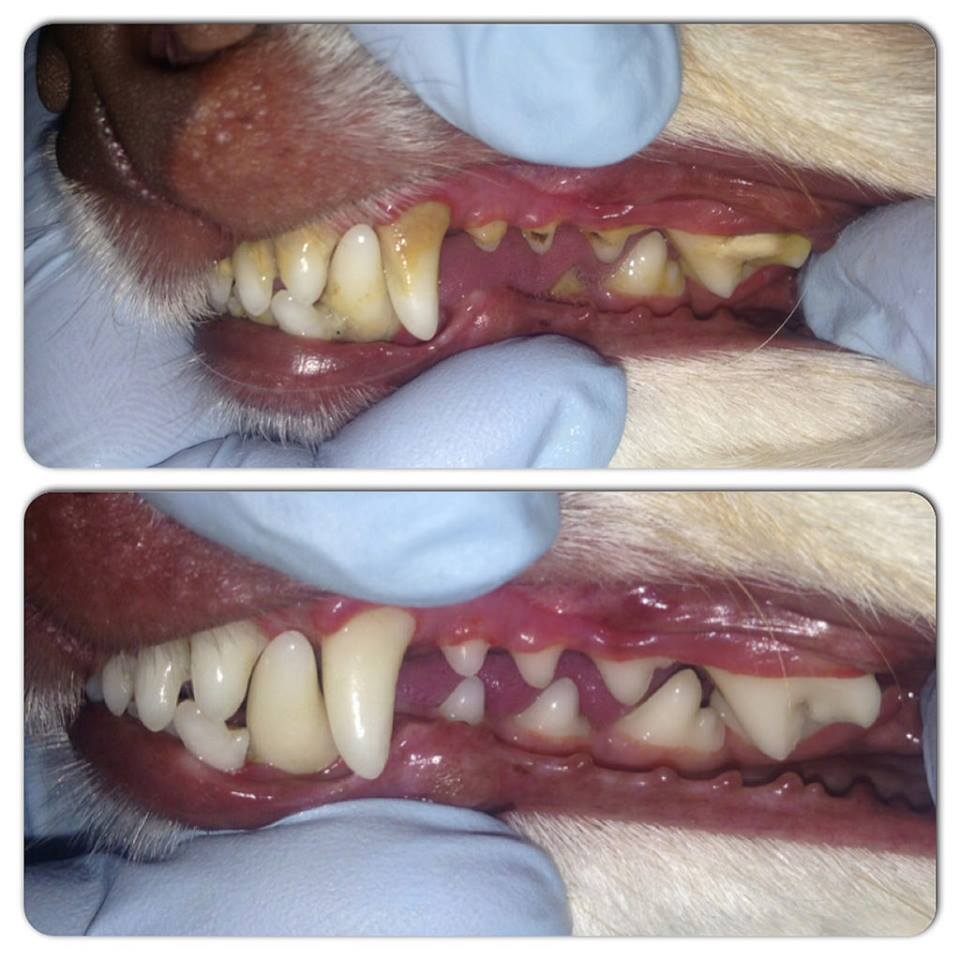
[…] may scrape some of the tartar off. In the blog post, “The downside of not taking good care of your cat or dog’s teeth”, we said the following and still stand behind it: Kibbles are not effective at cleaning teeth. Not […]
Hi there what is the best to brush your doggies teeth with. I use the doggie toothpaste. But I would like something natural for him. ❤️
Hi Janine, we like more natural dog toothpastes as well. We are fans of Black Sheep Organic’s Peppermint toothpaste mostly Coconut based, Vet’s Best has a good Dental Gel using Neem Oil and True Leaf Dental Gel uses mainly oregano oil. Link here if you want to read on each https://www.moonlightpetstore.com/category/s/155/dental-cleaning-for-dogs/